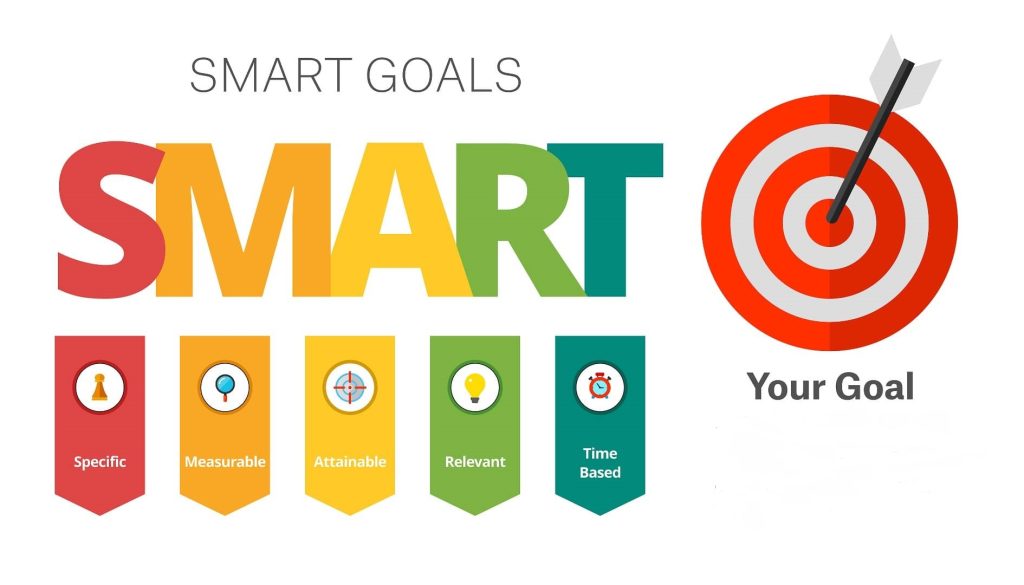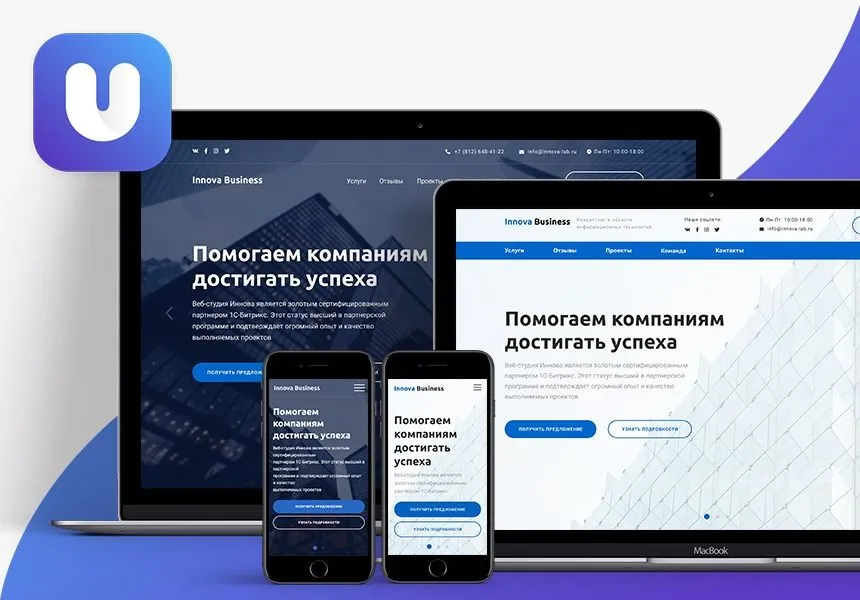Online education has become an integral part of the modern world, and creating a high-quality online course requires not only subject-matter expertise but also the ability to present information in a way that maximizes student benefit. In this article, we'll explore five key steps to help you develop a successful and marketable online course that will garner positive feedback from your students.
1. Defining the target audience:
Defining your target audience isn't just the first step, it's a fundamental stage of creating a sales website. Let's delve deeper into this process to better understand how to identify the key aspects that will determine successful engagement with your users.
- Surveys and Feedback: Conduct surveys and collect feedback to supplement your analytics data and better understand your audience's needs.
- Segmentation: Create audience segments by identifying groups with common interests and tailoring content to each of them.
- Visualization: Visualize your user profile by adding an image, giving it a name, and clearly defining its characteristics.
- Updated Regularly: Keep your user profile up-to-date as market trends and changes occur to keep your strategy relevant.
- Using Analytics: Integrate analytics tools like Google Analytics to track visitor characteristics

2. Development of the course structure:
Course structure is the foundation of success. Clearly defined modules, topics, and lessons will help students navigate and follow the learning flow. Break the material into small, digestible chunks to ensure a comfortable learning experience.
Fundamentals of training organization:
- SMART Goals: Formulate SMART (specific, measurable, achievable, relevant, time-bound) goals to provide a clearer understanding of expected results.
- Adaptation: Consider the level of your audience and adapt your goals accordingly.
- Gradual complication: Start with simpler topics and gradually increase the complexity of the material. This will promote smooth learning.
- Project tasks: Incorporate project assignments or cases that require the application of acquired knowledge.
- Visualization: Use graphics, charts, and other visual aids to make your material more memorable.
- Interactivity: Enrich your lessons with tests, surveys, and assignments for participation.
- Modular approach: Divide the course into modules or sections so students can focus on specific topics.
- Individual projects: Allow students to choose individual projects that match their interests.
- Student feedback: Conduct surveys and collect feedback from students to identify weaknesses and audience needs.
- Integration of new technologies: Keep up to date with new technologies and teaching methods to integrate them into the course structure.
Creating an effective course structure isn't just about organizing the material; it's also about creating an atmosphere where students feel comfortable and motivated to learn. A well-structured course is the key to successful learning and satisfied students.

3. High-quality educational content:
Course content is key. It should be not only informative but also easy to understand. A variety of formats, such as video lectures, text materials, audio recordings, and interactive exercises, will help accommodate different learning styles.
- Video presentations: Videos of you sharing and presenting the material create a sense of intimacy and dynamism in the learning experience.
- Cases and examples: Include real-world cases and examples so students can apply what they've learned in practice.
4. Interactivity and feedback:
Students value courses that allow for interaction. Create assignments, quizzes, and discussion forums. Provide regular feedback to ensure students feel supported.
Tips for interaction:
Forum and chat:
Include an online forum or chat in your course where students can discuss questions, share ideas, and support each other. This will create a sense of community and increase engagement.
Webinars and online sessions:
Regular webinars and online sessions will provide opportunities for direct interaction with the instructor. Students will be able to ask questions, receive clarification, and discuss topics in real time.
Social media groups:
Create a social media group for students in your course. This will allow them to connect outside of the course platform, share their successes, and find inspiration.
Feedback tips:
Questionnaires and surveys:
Conduct regular surveys and polls to gather student feedback on the course. This will help you identify strengths and weaknesses, as well as suggestions for improvement.
Personal consultations:
Provide opportunities for individual consultations or feedback on projects. This will create a personalized approach and help students better understand the material.
Implementation of changes:
Be prepared to make course adjustments based on feedback. Show students that their opinions are valued and that you are constantly striving to improve the quality of instruction.
All these tips and tricks help create an open and supportive learning space where students feel valued and can effectively interact with the instructor and each other. Remember, interaction and feedback are key components of successful online education.

5. Marketing and promotion:
A good course can be undervalued without an effective marketing strategy. Create an attractive landing page, use social media, and use SEO to promote the course.
- Free Mini-Courses: Offer free mini-courses or trials to generate engagement and give insight into your approach to teaching.
- Reviews and RecommendationsAsk your first students to leave reviews and recommendations. Positive reviews are the best advertising.
- Surveys and Research: Conduct surveys among your target audience to understand what exactly they expect from the course.
- Competitor Analysis: Review the courses that already exist in your field and identify areas that could be improved or added.
By following these 5 steps, you can create an online course that will not only sell successfully but also receive positive feedback from your students.







